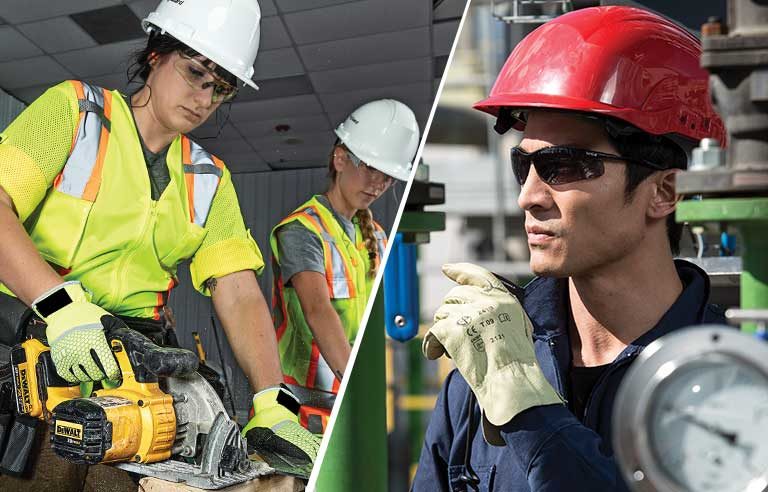Personal protective equipment (PPE) is essential for protecting employees in high-risk industries like construction, manufacturing, and healthcare. However, ensuring compliance with PPE policies presents unique challenges. Workers may resist wearing uncomfortable gear or feel it impedes their productivity. This article will examine a few key strategies for overcoming common PPE compliance issues so that your business can operate safely.
Encourage a Culture of Safety
Fostering a workplace culture that values safety is key to gaining buy-in for PPE policies. Provide training that emphasises how proper PPE use protects workers from injuries and illnesses. Celebrate safety milestones and reward good compliance. When workers understand that PPE protects their health and safety, they are more likely to use it consistently. Assign managers and team leads to model safe behaviours.
Provide Comfortable, High-Quality Gear
Uncomfortable or poorly fitted PPE makes compliance difficult. Prioritise comfort and fit when selecting PPE like gloves, respirators, protective suits and safety glasses. Solicit input from workers to understand their needs. Provide options like different-sized gloves or safety glasses with anti-fog features. Invest in top-quality gear made of breathable, flexible materials. When workers find PPE comfortable, they’re more likely to wear it without complaint. This is especially important for protective eyewear — options like stoggles leaded glasses combine safety with comfort and visibility, helping ensure long-term wear without sacrificing protection.
Streamline and Standardise Processes
Cumbersome PPE rules waste time and lead to noncompliance. Streamline protocols so gearing up doesn’t slow down productivity. Standardise requirements across worksites so expectations are clear. Make sanitisation and maintenance procedures quick and easy. The more you simplify and standardise processes around PPE, the more natural compliance becomes.
Use Technology to Track and Monitor
Leverage technology like wearables, video monitoring and inventory barcode scanners to track PPE use. Getting real-time data identifies problem areas. Electronic monitoring also reminds workers about compliance if they attempt to enter a hazardous area without proper equipment. Avoid a punitive approach – use the data to pinpoint where additional training or support is needed.
Conduct Regular PPE Audits
In addition to electronic monitoring, regular manual inspections by supervisors are essential. Assign supervisors or safety personnel to conduct daily audits checking for proper PPE use on site. Make audits supportive – offer replacement gear if equipment is damaged or ill-fitting. Audits reinforce the message that PPE compliance is mandatory, while also providing opportunities for improvement.
Implement Disciplinary Protocols
Re-training and support is the first approach for offenders. However, wilful or repeat violations require disciplinary action like verbal warnings, written notices or suspension. Enforce policies consistently across all workers, regardless of tenure or position. Publicise consequences so people understand the repercussions for disobeying PPE rules. A tiered disciplinary system demonstrates your commitment to safety while still allowing room for improvement.
Keeping workers safe in high-hazard industries requires full commitment to PPE protocols. By instilling a culture of safety, providing comfortable PPE, standardising processes, leveraging technology, conducting audits and enforcing policies, organisations can overcome noncompliance challenges. When businesses make worker health the top priority, PPE use naturally follows. Consistent compliance ensures everyone goes home unharmed at the end of each workday.



